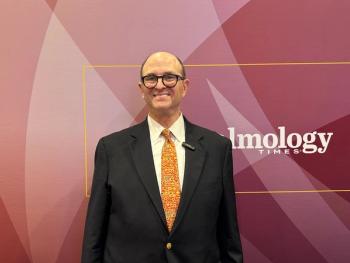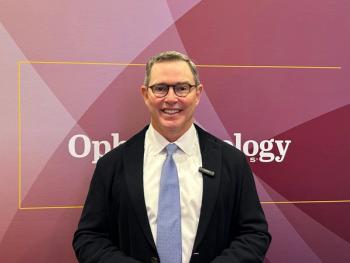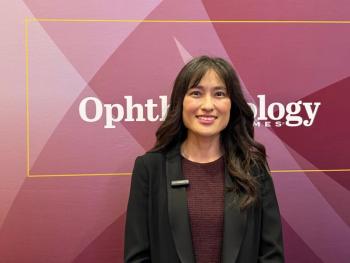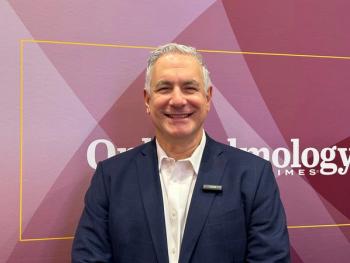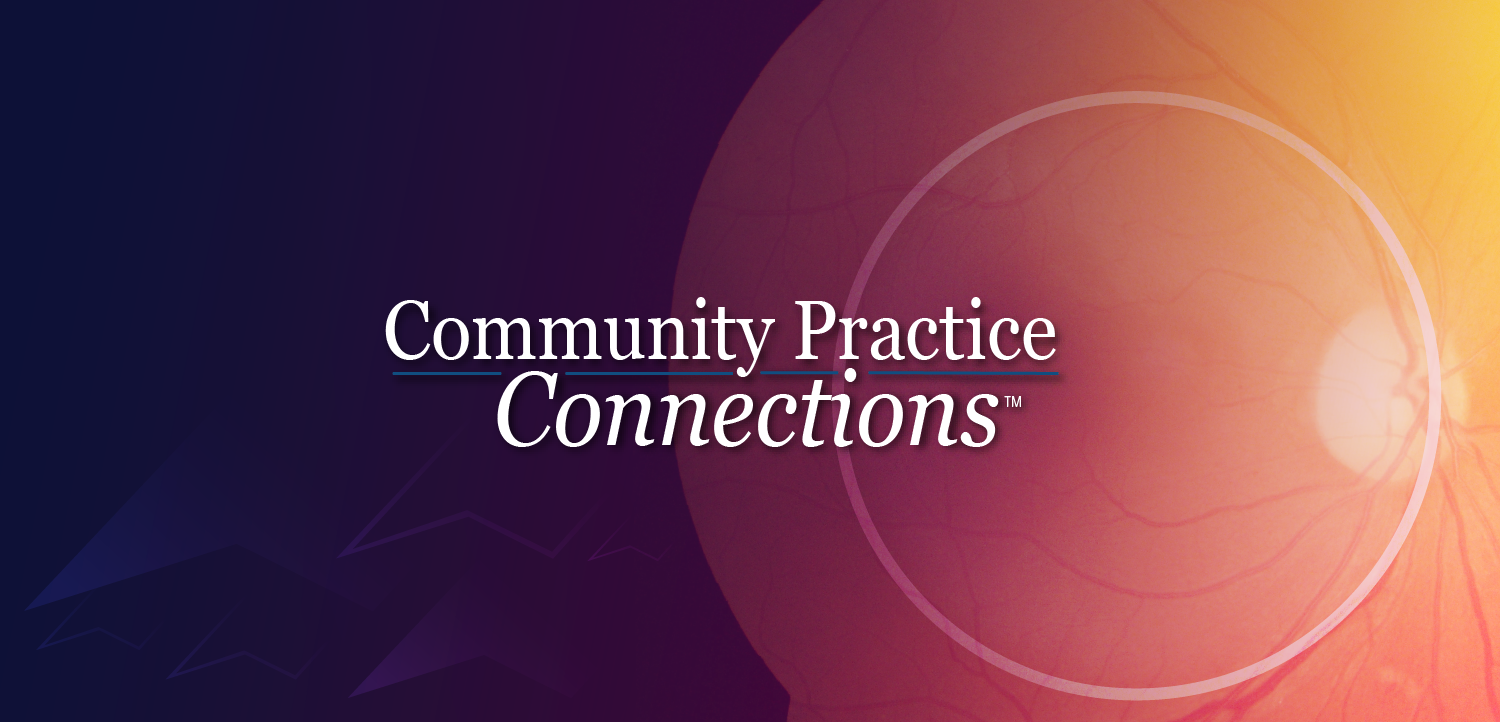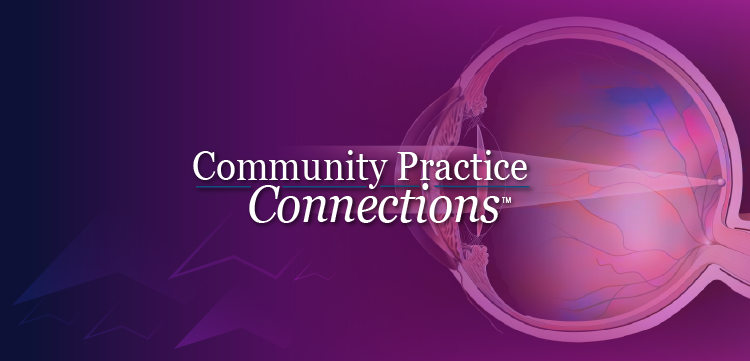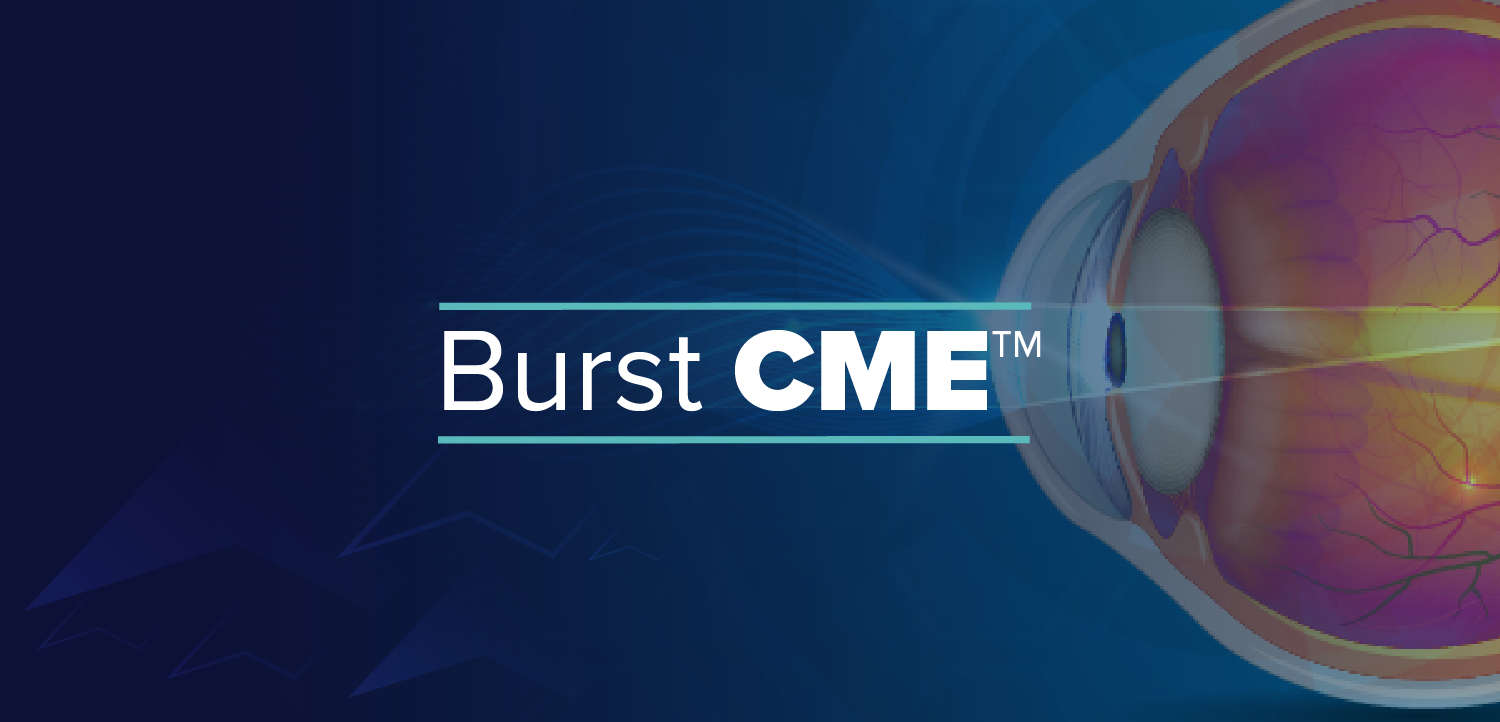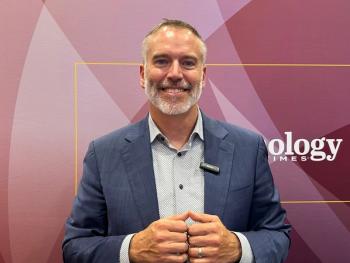
Spectacles improve night driving in presbyopes
Spectacle correction improves distance vision during night-time driving in presbyopes but has a negative impact on near vision.
Spectacle correction improves distance vision during night-time driving in presbyopes but has a negative impact on near vision, according to a recent study published in Investigative Ophthalmology & Visual Science.
The research team, led by Dr Byoung Sun Chu of Queensland University of Technology, Brisbane, Australia, examined 11 presbyopes who had only previously used reading spectacles as a correction method. Repeated measurements were taken at night-time on a closed-road circuit while each subject wore four different types of power matched vision corrections in a randomized order. The corrective methods used were single-vision distance lenses (SV), progressive addition spectacle lenses (PAL), monovision contact lenses (MV) and multifocal contact lenses (MTF CL).
Each patient's ability to detect and avoid low-contrast road hazards, recognition of road signs and near targets and legibility distance of street signs was measured. Additionally, the ability for the study group to keep within their lanes and the overall driving time were measured along with eye movement data (fixation duration and number of fixations).
It was concluded that presbyopic correction worn by naive wearers affected night-time driving ability with PAL and SV giving the best results for distance tasks but SV correction negatively affected the near dashboard viewing targets. It was also shown that MTF CL gave the shortest legibility distance for street signs and the longest fixation times.

